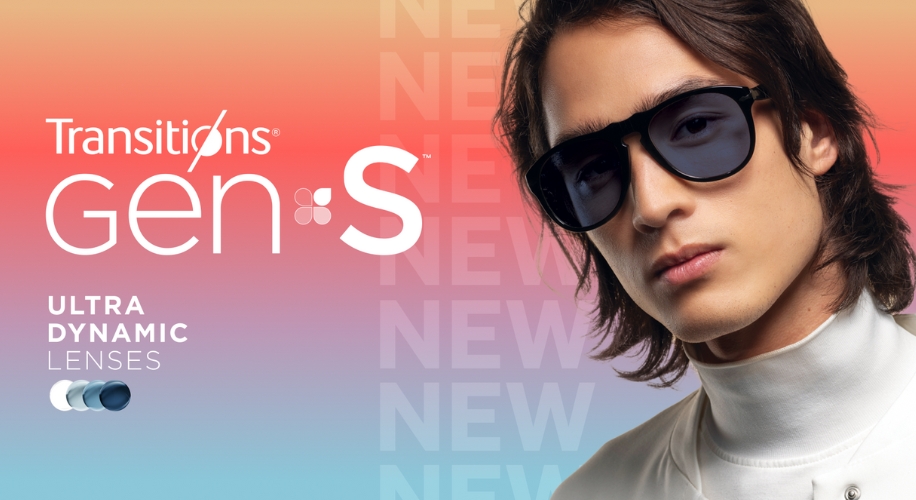How Photochromic Lenses Adapt to Your Environment
- BY Dr. Steven Liem
- IN Lenses

Photo by Josh Sorenson
If you’re in the market for new glasses, you’ve likely heard about photochromic lenses. These advanced lenses offer a practical and stylish solution for people who need vision correction and convenience when moving between indoor and outdoor environments. In this post, we’ll break down how photochromic lens technology works and discuss the benefits and considerations for potential users.
How Photochromic Lenses Work
Before exploring the benefits of photochromic lenses, let’s understand how they work. Photochromic lenses are optical lenses that darken on exposure to specific types of light, most commonly ultraviolet (UV) radiation. When the UV light source is removed (for example, when moving indoors), the lenses will gradually return to their clear state. The key to this smart technology is a special photochromic molecule embedded within the lens. This molecule changes its structure when it absorbs UV light, triggering the darkening process in the lenses. This makes photochromic glasses very convenient, as they adjust their tint level based on the surrounding light conditions.
Benefits of Photochromic Lenses
Deciding to switch to photochromic lenses can be a game-changer. Here’s why:
- Convenience: Photochromic lenses eliminate the need to switch between regular glasses and sunglasses, making them ideal for individuals on the go.
- UV protection: Photochromic lenses provide 100% protection from harmful UV rays, crucial for maintaining good eye health.
- Comfort: These lenses adapt to changing light conditions, reducing eye strain and providing optimal visual comfort.
- Longevity: The photochromic technology is embedded into the lens, so it won’t peel off or wear away, giving the glasses a long lifespan.
Considerations When Choosing Photochromic Lenses
While photochromic lenses offer numerous benefits, there are a few factors to consider:
- Transition speed: The time it takes for photochromic lenses to darken or return to their clear state varies. Temperature can also affect transition speed, with cooler temperatures speeding up the process.
- Indoor tint: Depending on the brand and technology, some photochromic lenses may retain a slight tint indoors.
- Driving: As car windshields are designed to block most UV rays, photochromic lenses may not darken fully while driving. Specialized driving lenses are available for this purpose.
Choosing the right eyewear is a personal journey. Understanding your needs and lifestyle can guide you towards the perfect pair. Photochromic lenses are an excellent choice for those seeking visual clarity, UV protection, and convenience in a single pair of glasses. Discover our range of photochromic glasses today and find the perfect match for your vision needs.



